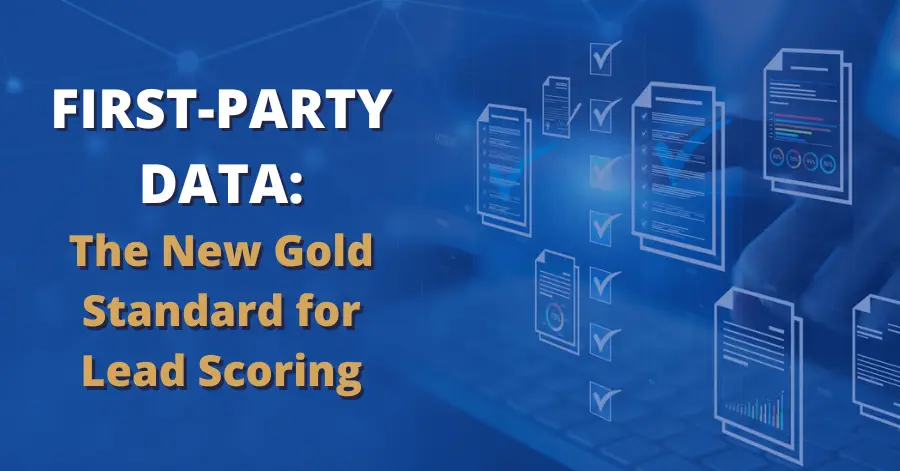Post-GDPR Email Marketing Tips


Post-GDPR Email Marketing Tips
Any business with customers in Europe knows the restrictions of the GDPR all too well. Some don’t give it nearly as much attention as it deserves, considering the consequences of an accidental violation. Others look at this law as a kind of apocalypse and imagine that post-GDPR email marketing is all but nonexistent. Of course, both approaches are deeply flawed. While the GDPR does give businesses plenty of room to work, it also has enough legal teeth to merit paying attention.
The GDPR focuses largely on companies using customer data for marketing purposes and especially for direct contact. For many businesses, this starts with an email. Keeping your email marketing strategy compliant with GDPR rules involves a few simple steps.
Step 1: Audit Your Email Contact List
A decent amount of your current data is probably GDPR-compliant already—you just have to find out what isn’t. Talk to your legal team to determine which customers have already given you the explicit consent you need. If a customer hasn’t provided this consent (or implicit consent) and the window of opportunity has passed, remove their information from your records.
On the other hand, if a customer’s permission hasn’t expired yet, reach out to them with a new offer or nurture campaign. Regaining their interest may allow you to extend their permission and continue marketing them. You can also take advantage of the “under contract” legal loophole, which states that a customer is effectively under a contract with you when they purchase from you. Consequently, you can communicate with them as necessary to fulfill that contract, such as providing a warranty or update information on their purchases. These communications can then include sidebar panels with marketing ads not necessarily related to the contract.
Step 2: Remove Unviable Contacts
No marketing expert wants to remove contacts from a customer database. However, a more accurate email marketing list can be a blessing in disguise.
Maybe some of the contacts on your list have never actually purchased from you, or haven’t done so recently. Some may never even open or read emails from you. And others have marked you as junk so emails from you just go into a black hole. After a while, it’s safe to assume they aren’t interested. Dropping inactive contacts from your records allows you to focus your efforts on the remaining contacts—the ones who actually display interest in what you have to offer.
Step 3: Prioritize Ongoing GDPR Compliance
Data auditing is not a one-and-done job. Neither is making sure you’re still in full compliance with GDPR rules. As you bring your system up to speed, keep notes of what exactly you’re doing and how you’re doing it. Set up a process for future audits. Integrating additional data or software into your system later will be far smoother with a pre-written plan.
Step 4: Prioritize Customer Trust
There’s a reason transparency is such a valued trait. Before customers hand over their private data, they rightfully want to know why you need it and how you plan to use it. Be open about your data policies. Show your customers that you work to respect not only privacy laws, but also individual preferences on data usage. Customers that understand and feel comfortable with how their data is being used will be more likely to trust you with their personal information.
But your customers aren’t the only ones that need honesty. Your marketing department may overestimate how much information you need, insisting on gathering detailed information “for future use.” Meanwhile, your legal department may prefer to play it safe and underestimate and gather little if any information. And some campaigns simply don’t require certain types of data. (For instance, a promotional giveaway of branded T-shirts requires the customers’ shirt size, but not their birthday.) Avoid collecting data for its own sake and focus on what you need for effective post-GDPR email marketing.
Step 5: Stay Out of Your Own Way
The GDPR and related privacy laws do mean businesses have to be more mindful of their data plans. However, these laws don’t handicap your marketing efforts. While most legal experts would agree erring on the side of caution is safest, don’t make your job harder than it has to be. You don’t have to build a new contact list from scratch. Instead, check with your legal team to develop a working privacy policy in compliance with the law and adhere to it moving forward.
Keeping Up with the GDPR
Privacy laws are constantly evolving and tricky to keep up with. But you don’t have to handle them on your own. With 4Comply, our specialized privacy compliance software, you can be confident that your entire marketing strategy and business model meshes perfectly with every applicable law. Keep your post-GDPR email marketing plan on track and attract more customers! Get in touch today to learn more.





